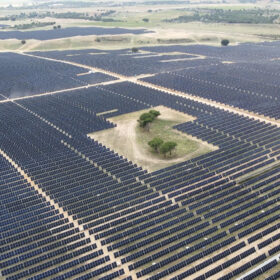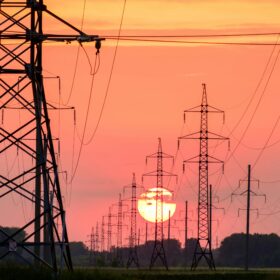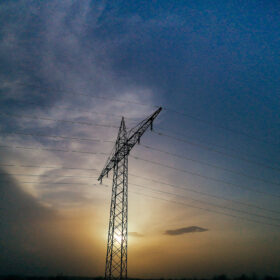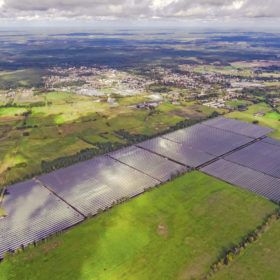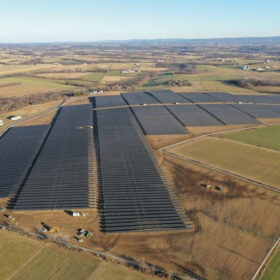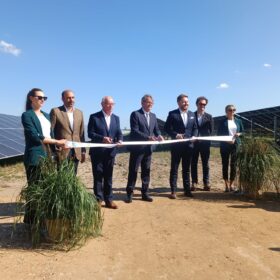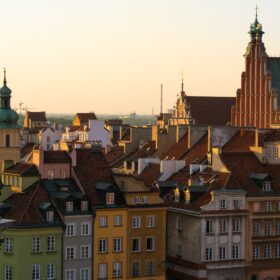PPAs offer protection
Europe is witnessing a surge in power purchase agreements (PPAs). Over the past four years, the number of European PPA transactions has trebled. More than 180 deals were signed in 2022 alone and the trend is expected to continue, especially for solar projects.
Poland allocates 494 MW of solar in 2023 auctions
Poland’s Energy Regulatory Office has awarded 494 MW of solar in largely unsubscribed auctions this year. It allocated 123 MW for installations smaller than 1 MW with the lowest bid of PLN 284.95 ($71.28)/MWh, and 471 MW for projects larger than 1 MW with the lowest bid of PLN 272.91/MWh.
Casting the net for solar recruits
Solar-industry companies need to forget ideas about office-based roles and look far afield to source the recruits necessary for the energy transition – and then they need to keep them loyal by offering a rewarding career.
Poland’s grid-connected PV project pipeline hits 18 GW
Statistics from Instytut Energetyki Odnawialnej show that the Polish solar market could see significant growth due to a rise in grid-connection approvals, despite an increase in project rejections.
New model to identify land eligibility, calculate LCOE for utility-scale PV
Created by scientists in Poland, the model is based on GIS and can be adapted to different market conditions. The researchers applied it to the Polish market and found that 3.61% of the country’s available land can host utility-scale PV systems.
Cleaning up the statute book
Polish lawmakers are preparing plans to legislate the sharing of grid connections and regulators are easing the establishment of off-grid, direct-to-consumer power lines but obtaining a permit for a solar site could be about to get more tricky.
Former Polish coal mine transforms into 200 MW solar PV plant
‘It is a project that stands as an example of energy transition,’ Duarte Bello, CEO of EDP Renewables’ Europe and Latin America operations told pv magazine. The new 200 MW solar PV plant is now generating energy on a former brown open-pit lignite site.
Poland to offer building permit exemptions for PV systems up to 150 kW
Amendments to Poland’s renewable energy laws will go into effect in October, permitting the installation of solar systems up to 150 kW in size, without the need for building permits. Piotr Pająk, a local PV analyst, says the changes will support investments in rooftop solar projects.
Micro compressed air storage system for residential, industrial applications
A Polish research team has developed a micro compressed air storage system that could be used in residential and industrial buildings where additional low-temperature waste heat is available. The system is claimed to have optimal control of the compressed air expansion process performance via pulse width modulation (PWM).
The Hydrogen Stream: Liquid hydrogen test flight could enable long-distance flights
H2FLY claims that a recent three-hour test flight, entirely powered by liquid hydrogen, could lead to sustainable long-range flights fueled by liquefied, cryogenic hydrogen. Solaris, meanwhile, has started selling hydrogen buses in Italy.
